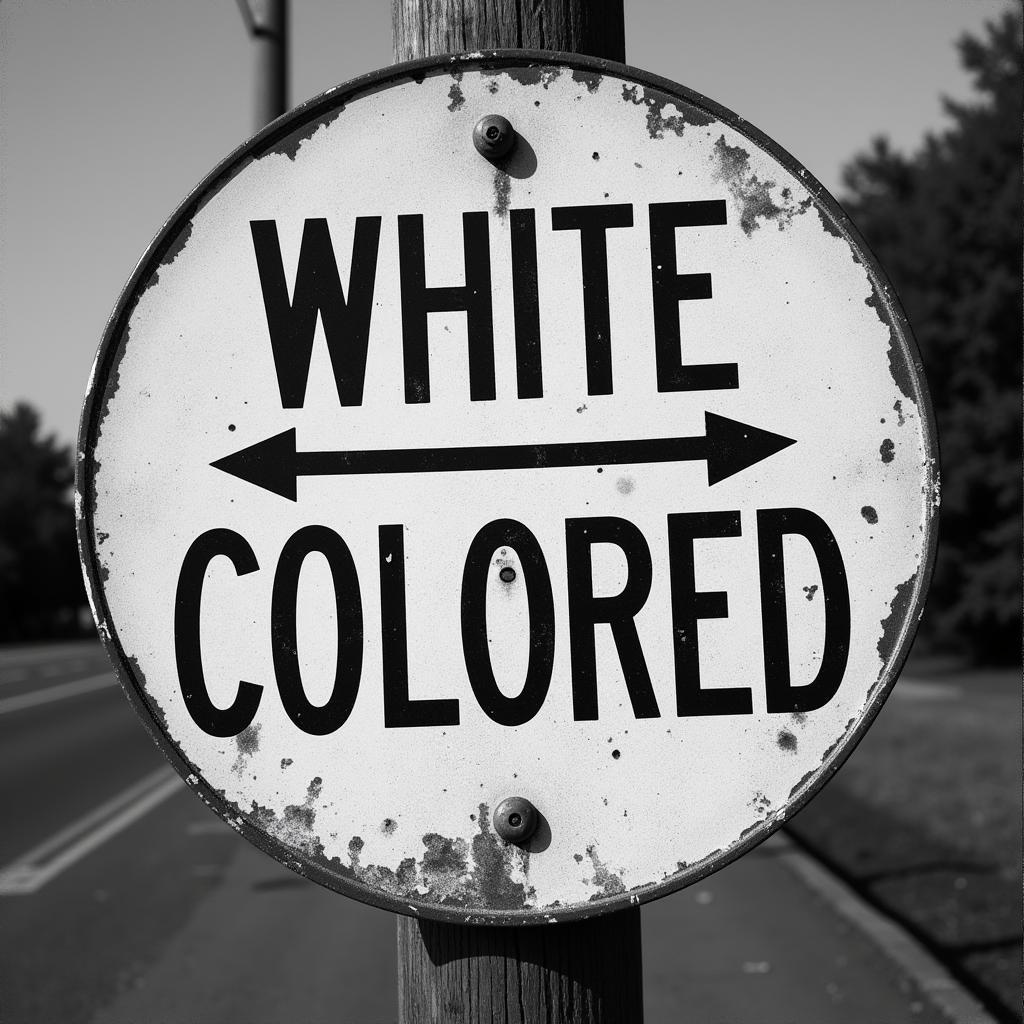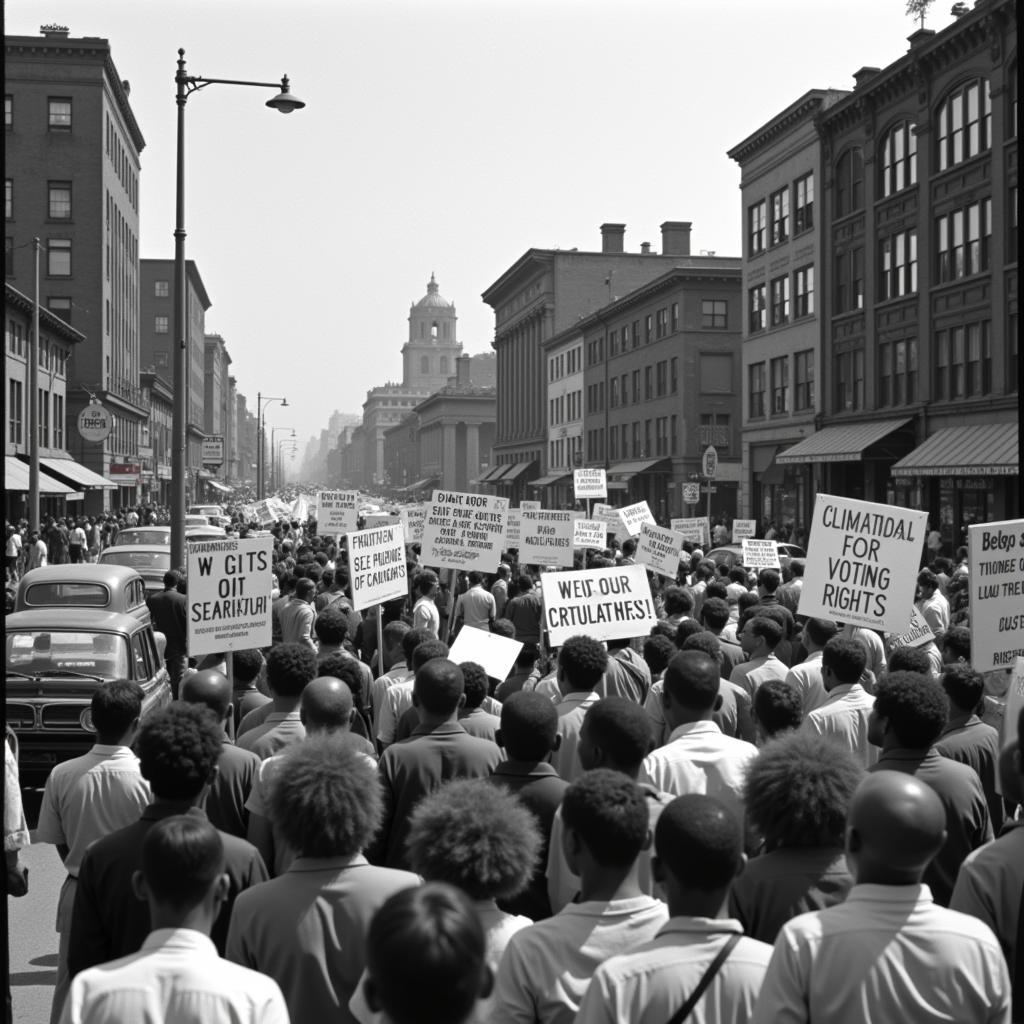African American Society in the 1950s: A Decade of Change and Challenge
The 1950s marked a pivotal period for African Americans, characterized by both significant progress and persistent challenges. While the seeds of the Civil Rights Movement were sown, deeply ingrained societal structures continued to uphold racial segregation and discrimination.
 African American Family in the 1950s
African American Family in the 1950s
The Legacy of Jim Crow
The South, in particular, remained entrenched in Jim Crow laws, which mandated separate facilities and services for blacks and whites. This legalized segregation permeated every facet of life, from schools and transportation to restaurants and public restrooms. African Americans faced limited economic opportunities, restricted access to quality education, and voter suppression tactics that silenced their political voices.
 Segregation Sign in the 1950s
Segregation Sign in the 1950s
A Growing Movement for Equality
Despite these oppressive conditions, the 1950s witnessed the rise of organized resistance and activism. The landmark Brown v. Board of Education Supreme Court ruling in 1954 declared segregation in public schools unconstitutional, striking a major blow against Jim Crow. This landmark decision ignited a wave of activism across the nation.
african american activist groups played a crucial role in mobilizing communities, organizing protests, and challenging discriminatory laws. Figures like Rosa Parks, whose refusal to give up her seat on a Montgomery bus sparked the Montgomery Bus Boycott, became symbols of resistance.
Cultural Expressions of Change
The burgeoning Civil Rights Movement found expression not only in political activism but also in the arts and culture. Jazz and blues music, deeply rooted in the African American experience, gained wider recognition and served as a powerful medium for social commentary. Writers like Richard Wright and James Baldwin gave voice to the struggles and aspirations of black Americans through their powerful literature.
Economic Disparities and Urban Migration
While the fight for equality gained momentum, African Americans continued to grapple with significant economic disparities. The Great Migration, which saw millions of African Americans move from the rural South to urban centers in the North and West, continued throughout the 1950s. Seeking better opportunities and escaping the harsh realities of Jim Crow, many found themselves facing new challenges in overcrowded cities, including poverty, housing discrimination, and limited access to jobs.
A Decade of Transition
The 1950s stands as a decade of profound transition for african american society in the 1950s. While the struggle for civil rights was far from over, the seeds of change were sown. The courage and determination displayed by countless individuals during this era laid the groundwork for the monumental advancements of the Civil Rights Movement in the following decade. Understanding this pivotal period is essential to comprehending the complexities of race relations and the ongoing pursuit of equality in America.
 Civil Rights March in the 1950s
Civil Rights March in the 1950s
FAQs about African American Society in the 1950s
1. What were some of the key events of the Civil Rights Movement in the 1950s?
The Brown v. Board of Education decision, the Montgomery Bus Boycott, and the emergence of Martin Luther King Jr. as a prominent leader were defining moments of the era.
2. How did Jim Crow laws impact the daily lives of African Americans?
Jim Crow laws enforced strict racial segregation, limiting access to education, employment, housing, and public services.
3. What role did music play in African American society during this period?
Music, particularly jazz and blues, served as an outlet for creative expression, social commentary, and a source of unity and resilience.

